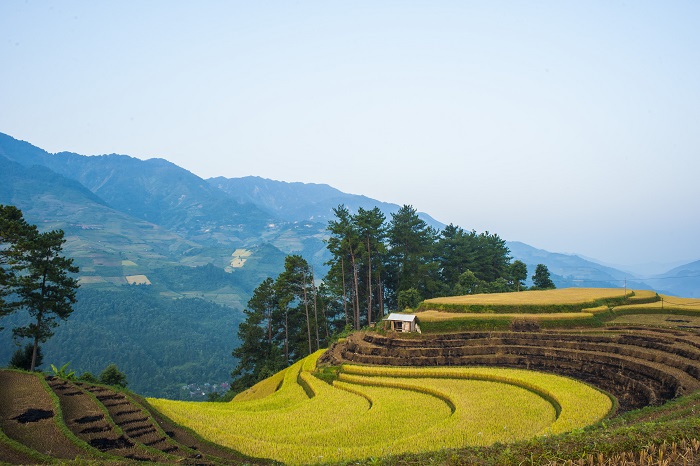
Loop in the North-West of Vietnam, what to see and what to do?
- on Jun 9, 2023 By: Ngoc Nguyen
The North-West - a mountainous region of bewitching beauty never ceases to enchant the curious traveller in search of mountain authenticity, dazzling nature, new encounters and sporting activities. A region full of contrasts and surprises, like the whole country, which we warmly recommend you to discover! Follow us to find out what to do and see in this dazzling region.
1. Why choose North-West?
1.1. North-West, the first rice-growing region in northern Vietnam
Travelling in the North-West of Vietnam means discovering the most beautiful rice-growing valleys and the most spectacular rice terraces in all of Vietnam. Only a 3-hour drive from Hanoi is the superb rice-growing valleys of Mai Chau and Mai Hich, neighbouring each other. It is from the Thung Khe pass that you really take in the full measure of the beauty of the rice-growing valley of Mai Chau. The panorama reveals a formidable checkerboard of rice fields surrounded by limestone mountains where small hamlets bloom here and there. More discreetly, the Mai Hich village is a rice-growing oasis where it is good to stroll on foot or by bike.

The two largest rice-growing valleys in northwest Vietnam are located a little further north. The largest is Dien Bien Phu, three syllables that still resonate in the ears of the Vietnamese and French peoples since it is here that the French presence in Indochina ended. You can discover the remains of the famous battle scattered in the immensity of the first rice granary of the North. The second largest rice-growing valley in the Northwest is Nghia Lo. You necessarily pass there to go further north, a territory of breathtaking rice terraces.

Photo_Tran Dinh Hung
From Nghia Lo, you take the famous "photographers' road" which is over a hundred kilometres to go to Mu Cang Chai. It’s a dazzling journey with its succession of amphitheatres of rice terraces shaped by the sheer force of human hands for generations.
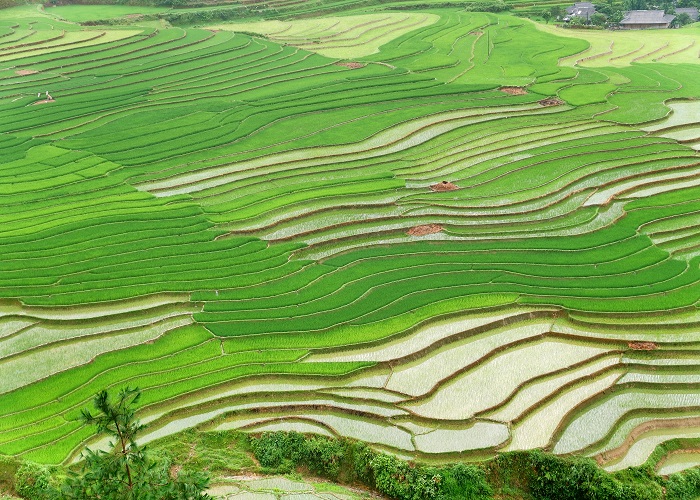
Further north still is the former colonial-era health resort, Sapa, known for hosting some of the most incredible rice terraces in the region. Less touristy, more intimate and close to the Chinese border, Y Ty Town also reveals fabulous patchworks of rice fields cascading from the mountains.

Not far from Hanoi, less than 4 hours by road, you can quench your thirst with beautiful terraced rice fields in the magnificent Pu Luong nature reserve. They are certainly less spectacular than those mentioned above but have the advantage of offering two harvests per year.
1.2. North-West Vietnam, a real land of adventure

Photo_Internet
The mountainous landscapes of Northwestern Vietnam are a real land of adventure. Hiking is king here! From simple walks to hikes over several days, there is something for everyone and for all levels. All the destinations mentioned above are particularly suitable for hiking. For experienced trekkers, the North-West of Vietnam is a destination of choice since this region is home to some of the highest peaks in Vietnam to conquer, including Fansipan, which is considered to be the roof of Indochina with its 3143 meters.
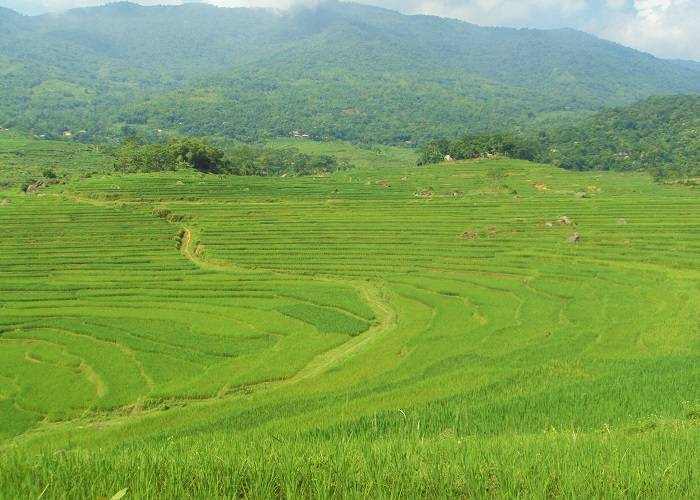
Cycling is also an excellent way to discover the pleasant countryside of North-West Vietnam such as Mai Chau, Mai Hich or the Pu Luong nature reserve.
The North-West of Vietnam is home to two of the largest lakes in the country that can be explored by kayak. There is the Hoa Binh reservoir, very close to Mai Chau, whose crystal clear waters reflect the jagged karst mountains covered in the jungle that embrace it. Thac Ba Lake, the largest in all of Vietnam, offers itself as a first-class treat. It is by kayak, silently, that you should glide over its waters stretched like a mirror and bristling with hundreds of islets in the shape of upside-down bowls.
1.3 Northwest Vietnam, a territory of many ethnic minorities
Photo_Internet
This mountainous region, which long remained inaccessible, was considered to be the "Thai country". With Dien Bien Phu as its cradle, the "Thai country" was officially founded in 1640 as a federation of lordships recognized successively by the Chinese and Annamese sovereigns, then by the French colonial authorities who made it an ally to fight against the Vietminh during the Indochina War. The Thai ethnic group is the first to settle in the North-West of Vietnam, mainly in the valleys. They live today in harmony with other ethnic groups who came a little later such as the Dao, Dzay, Lu, Muong or Hmong.

You will see that these ethnic groups are fiercely attached to their ancestral traditions during your walks. You can admire the many ethnic markets swirling with colours and can have a new experience in their traditional houses by staying at their place. Homestay options are plentiful in Northwestern Vietnam. We recommend that during your trip to this region, you include a few nights with the locals in order to experience a real cultural immersion while giving meaning to your trip.
2. When to go to the North West of Vietnam?
You should avoid the Tonkinese winter, from December to the end of March. Cold, humidity, rain and fog can ruin your trip. We prefer the months of April, May, June, September and October. The weather is sunny and the rice fields resplendent, especially just before the harvest, at the end of May in the valleys and at the end of September for the second harvest and for the single harvest in the rice terraces further North. In July and August, strong heat and heavy storms are to be expected, but the rice fields are a magnificent soft green.
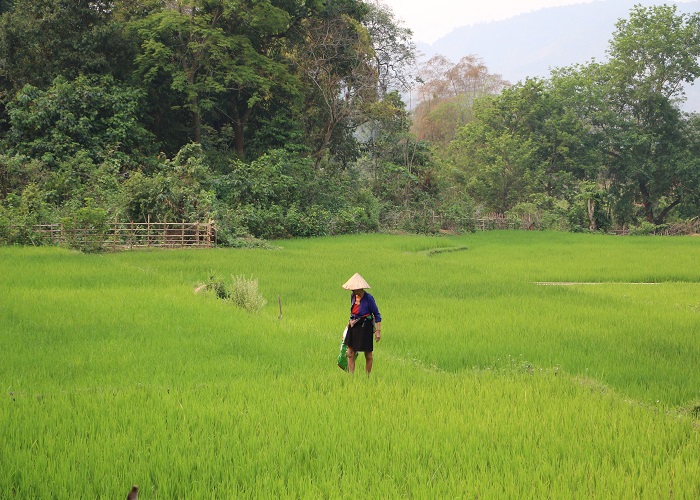
3. How long to stay in the North-West of Vietnam? And ideas for itineraries to discover the North-West?
With 3 days, you can devote them to the discovery of the Pu Luong nature reserve and/or Mai Chau and Mai Hich which are only 3 hours away from Hanoi.
Find in this link ideas to discover the region of Mai Chau and Pu Luong: Mai Chau and Pu Luong, what to see and what to do?
With a duration of 5 days, you can make a magnificent loop in the North-West of Vietnam which conceals countless natural, cultural and human wonders. Frankly, it's really not too much to discover one of the most beautiful and fascinating regions in all of Vietnam!
Here are some itinerary ideas so you can discover this beautiful place your way:
3.1. Circuit in the North-West in 5 days
Note that 5 days is the minimum duration to be able to discover the North-West of Vietnam without rushing too much.
This circuit is very well thought out to satisfy lovers of hiking, nature and photos. Starting from Hanoi, you can begin an off-the-beaten-path getaway in North-West Vietnam to explore amazing landscapes with stunning rice paddies in the Nghia Lo Valley. There are stops along your route to visit villages and meet their ethnic inhabitants in shimmering costumes. Then continue your journey with a discovery of the Mu Cang Chai region. This region is full of the most beautiful rice terraces in Vietnam and the unique culture of the indigenous people which are always a great source of inspiration for domestic and foreign photographers.
Route: Hanoi – Nghia Lo – Tu Le – Mu Cang Chai – Sapa- Bac Ha - Hanoi
If you have more time, you can add an extra day of discovery in Mu Cang Chai.

3.2. North-West circuit in 8 days
This tour will take you to the heart of the North West where you will feel far removed from the hustle and bustle of the rest of the world. From Nghia Lo to Sa Pa, passing through Dien Bien Phu, Mu Cang Chai, and beautiful green valleys with brilliant terraced rice fields, you will contemplate this region from another angle and in a completely new way! This trip has some very nice surprises in store for you and promises you great local encounters for a real change of scenery in remote villages!
Route: Hanoi – Nghia Lo – Tu Le – Mu Cang Chai – Sapa – Dien Bien Phu- Lai Chau – Sapa – Bac Ha - Hanoi
Day 1: Hanoi – Nghia Lo
Day 2: Nghia Lo – Tu Le – Mu Cang Chai
Day 3: Mu Cang Chai – hiking
Day 4: Mu Cang Chai – Dien Bien Phu
Day 5: Dien Bien Phu – Lai Chau
Day 6: Lai Chau – Sapa
Day 7: Sapa – Bac Ha
Day 8: Bac Ha – Hanoi
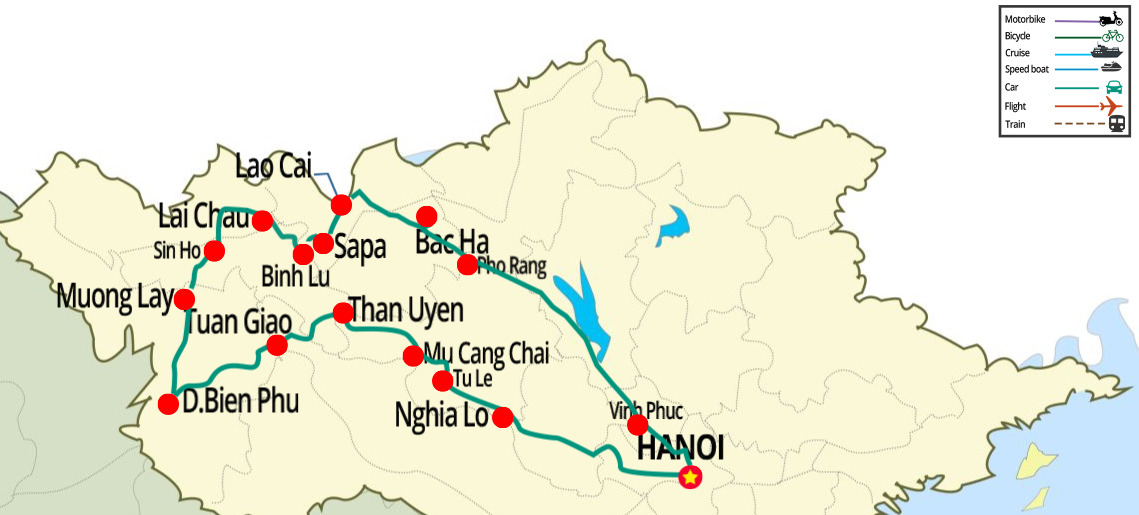
3.3 North-West Loop in 9 days
This loop will take you to explore the North-West in the opposite direction. Departing from Hanoi, set off to immerse yourself in the lands of ethnic minorities in Bac Ha – Sapa- Dien Bien Phu. Then continue your tour with a discovery of the Mu Cang Chai region which will give you the opportunity to contemplate the most beautiful rice terraces like giant ladders connecting earth and sky. A hike through villages and an authentic night with a host family are highly recommended to allow you to discover a complete Mu Cang Chai. Finish your discovery by making a stop at Nghia Lo where the Thais remain very attached to their culture, their customs and their traditions.
Route: Hanoi – Bac ha – Sapa – Lai Chau – Dien Bien Phu – Mu Cang Chai – Tu L e- Nghia Lo - Hanoi
Day 1: Hanoi – Bac Ha
Day 2: Bac Ha – Sapa
Day 3: Sapa - exploring
Day 4: Sapa – Lai Chau
Day 5: Lai Chau – Dien Bien Phu
Day 6: Dien Bien Phu – Mu Cang Chai
Day 7: Mu Cang Chai – exploring
Day 8: Mu Cang Chai – Tu Le – Nghia Lo
Day 9: Nghia Lo – Hanoi
Noticed:
- Remember to bring trekking shoes and cameras
- Restaurants in mountain regions (except Sapa) only have basic standard services.
Let yourself be guided by a loop in the North-West which reveals the most beautiful landscapes of Vietnam!
Related articles:
>> Top 15 best golf courses in Vietnam
>> Want to cycle in Vietnam? 6 most beautiful places you must see
Comment
Other Blog
Categories
Latest News
on 31 Dec, 2025
on 31 Dec, 2025
 Español
Español Français
Français








.jpg)

.jpg)

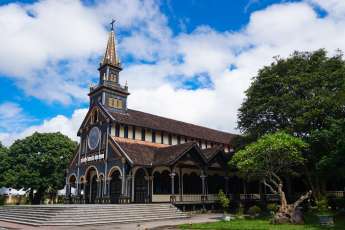








Morgane Ter Cock
on Dec 18, 2025HerbertPhomaMS
on Oct 19, 2025Lilyan Cuttler
on Oct 15, 2025Avenue17XC
on Sep 14, 2025Avenue18JL
on Jul 21, 2025